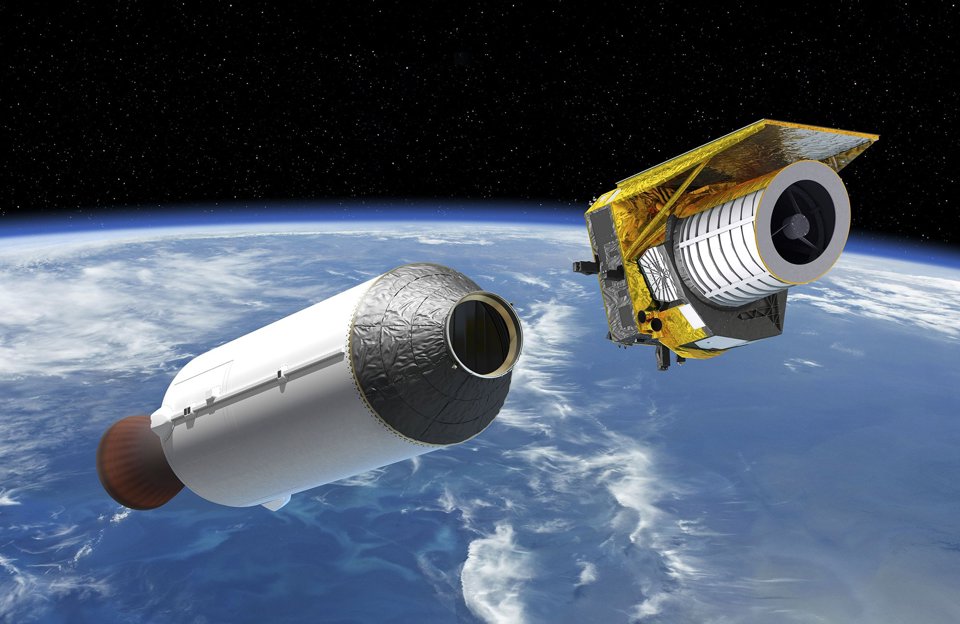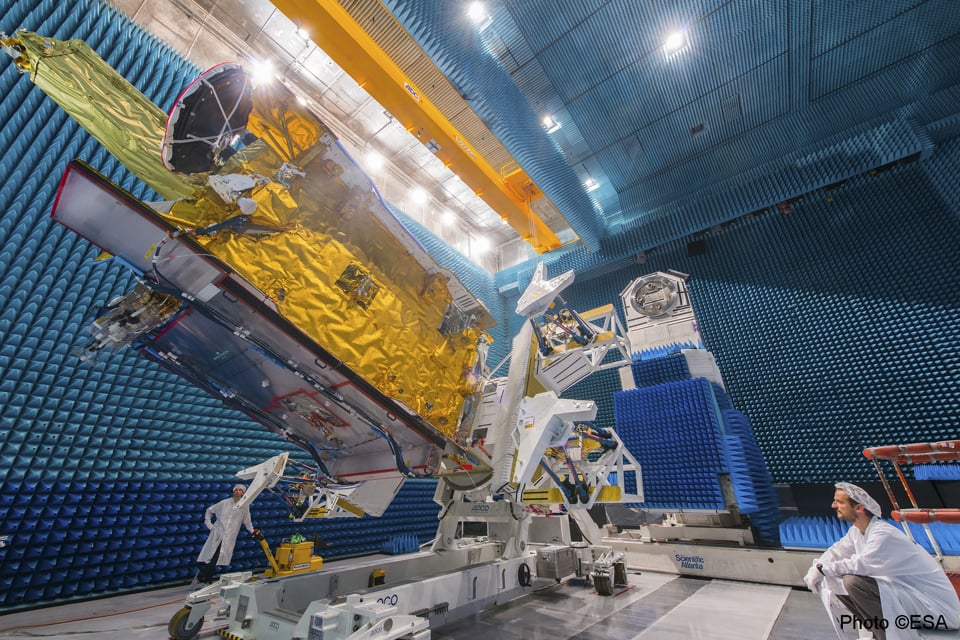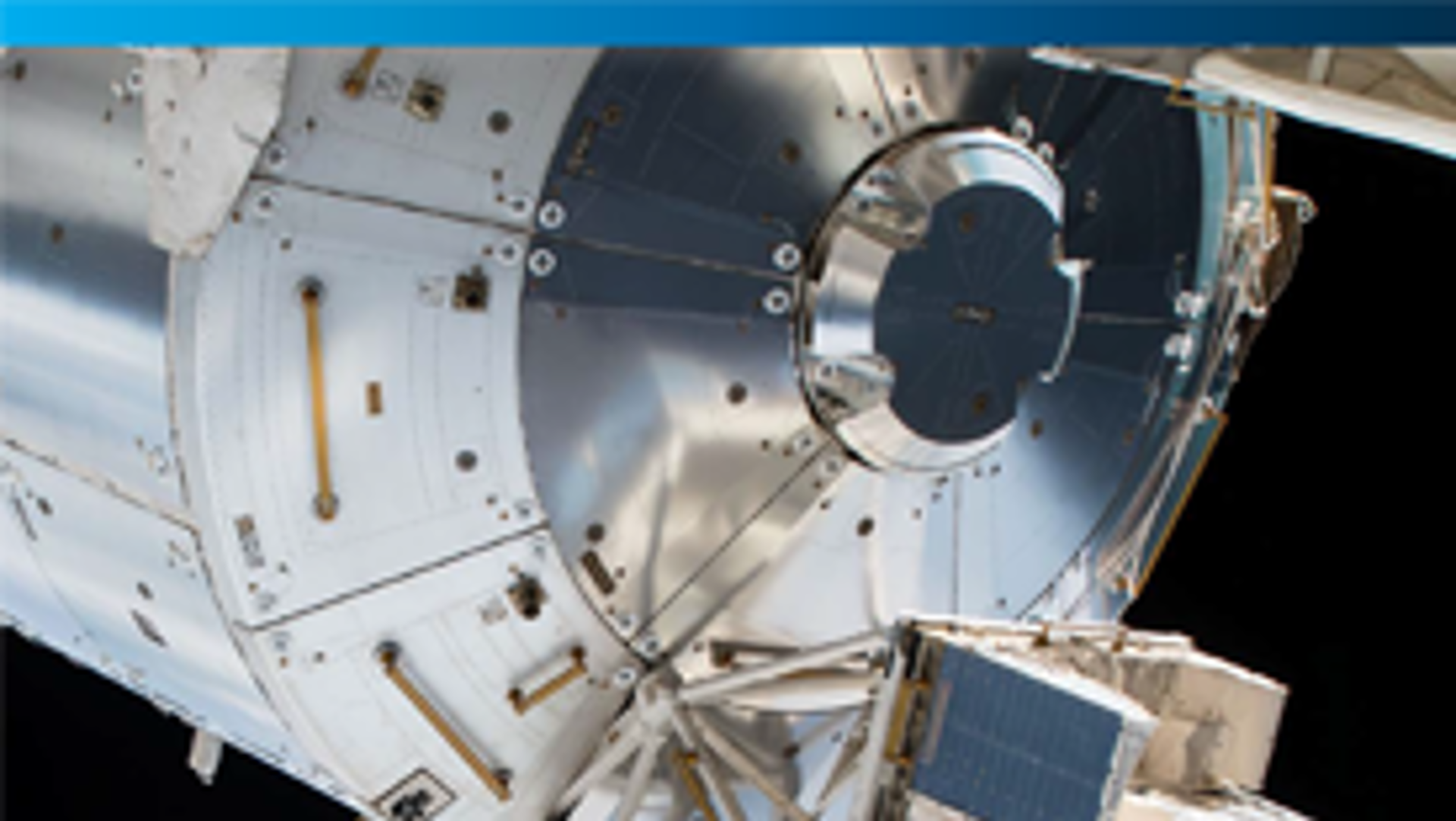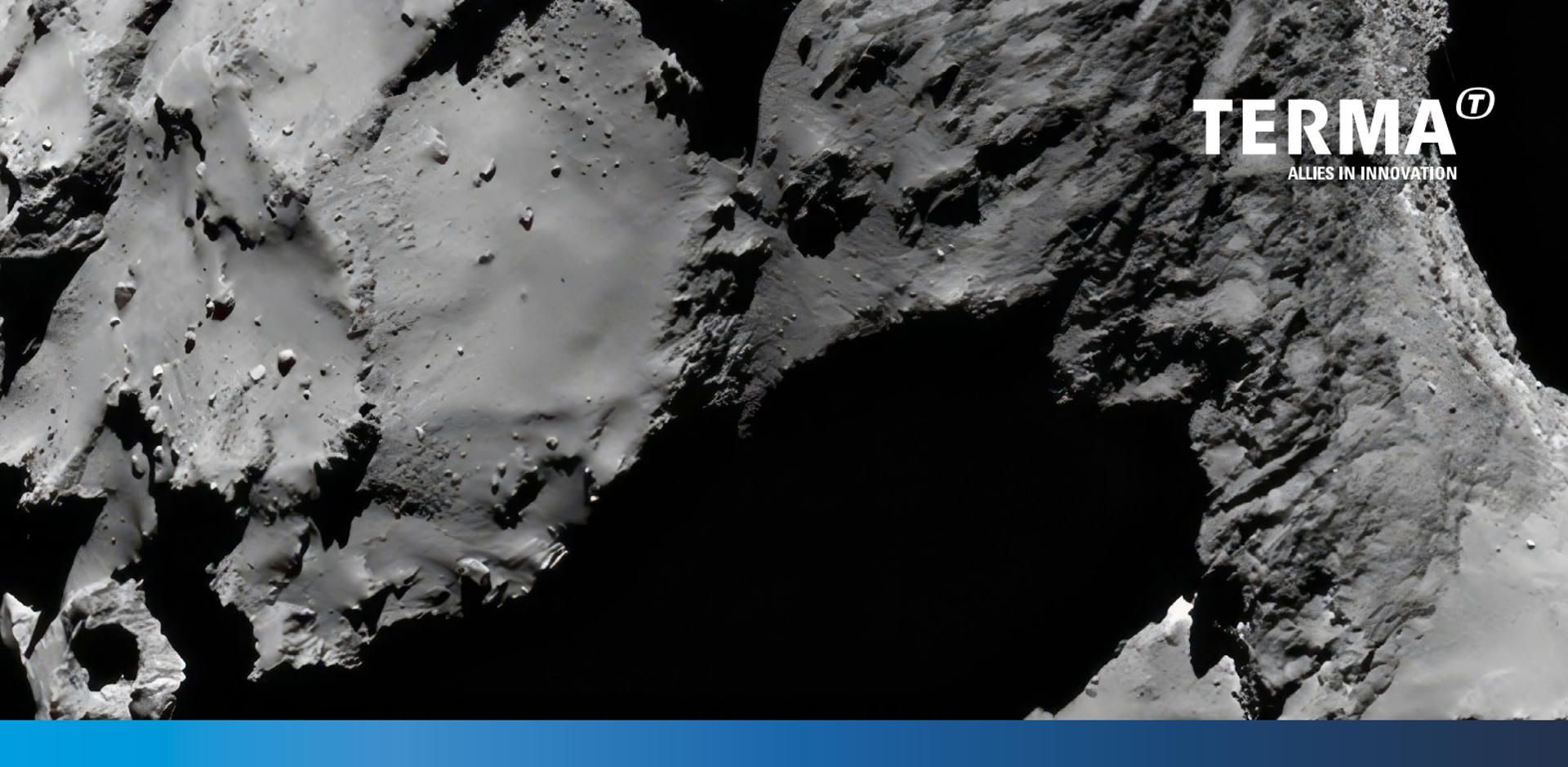State-of-the-Art Solution for Efficient Spacecraft Onboard Software Development and Validation
Launch your spacecraft software development into a new orbit with Terma’s Software Validation Facilities. Our advanced suite is meticulously designed to simulate and test spacecraft software, bypassing the need for physical flight computer hardware.
With a comprehensive toolkit including a sophisticated flight processor emulator, detailed hardware models, and robust closed-loop testing systems, our suite delivers unparallelled accuracy in simulation and validation. The Terma testing environment streamlines onboard software debugging, configuration, patching, and development— delivering quality software using cost efficient tools.
Unparalleled accuracy in functionality emulation and timing simulations
Models validated against unmodified hardware tests
Complies to the latest ECSS-SMP and ISIS standards
MAXIMIZE YOUR MISSION’S SUCCESS WITH TERMA SOFTWARE VALIDATION FACILITIES
Learn about state-of-the-art spacecraft onboard software development and validation with Terma’s validation facilities.
Unrivalled Performance and Adaptability Across Computing Landscapes
Optimize your performance and reduce operational expenses by leveraging cutting-edge processor architecture support with the Terma Emulator (TEMU).
TEMU ensures your software functions in the most demanding environments, delivering top-tier performance and flexibility.
Authentic Hardware Test Validation
Assure the functionality and timing accuracy of your onboard software with our models validated with the same tests as the OBC Hardware. This rigorous process involves executing unmodified hardware tests on our software models, guaranteeing a thorough validation process with unmatched accuracy to ensure your systems perform flawlessly in space.
Proven Compliance and Reliability
Mitigate regulatory risks with a validation methodology endorsed by the European Space Agency's (ESA).
Our facilities are tailored to adhere to ESA's standards for all missions and ensures your software’s reliability and regulatory compliance for ambitious space endeavors.
A Legacy of Space Mission Success
Join forces with a revered ally and trusted partner in space exploration. Our Software Validation Facilities have played a pivotal role in over 75 missions, contributing to the groundbreaking projects like Euclid and Rosetta, ensuring the software’s reliability at launch.
Leverage our extensive experience from more than 30 years of building spacecraft simulators for commercial and institutional science missions—including deep space missions.

The Euclid Mission
Need more details?
Then download our solution materials
Contact us
If you have any questions about our Software Validation, please send us a message.
Want to learn more?
If you have any questions about Software Validation Facilities, please get in touch with our expert.








